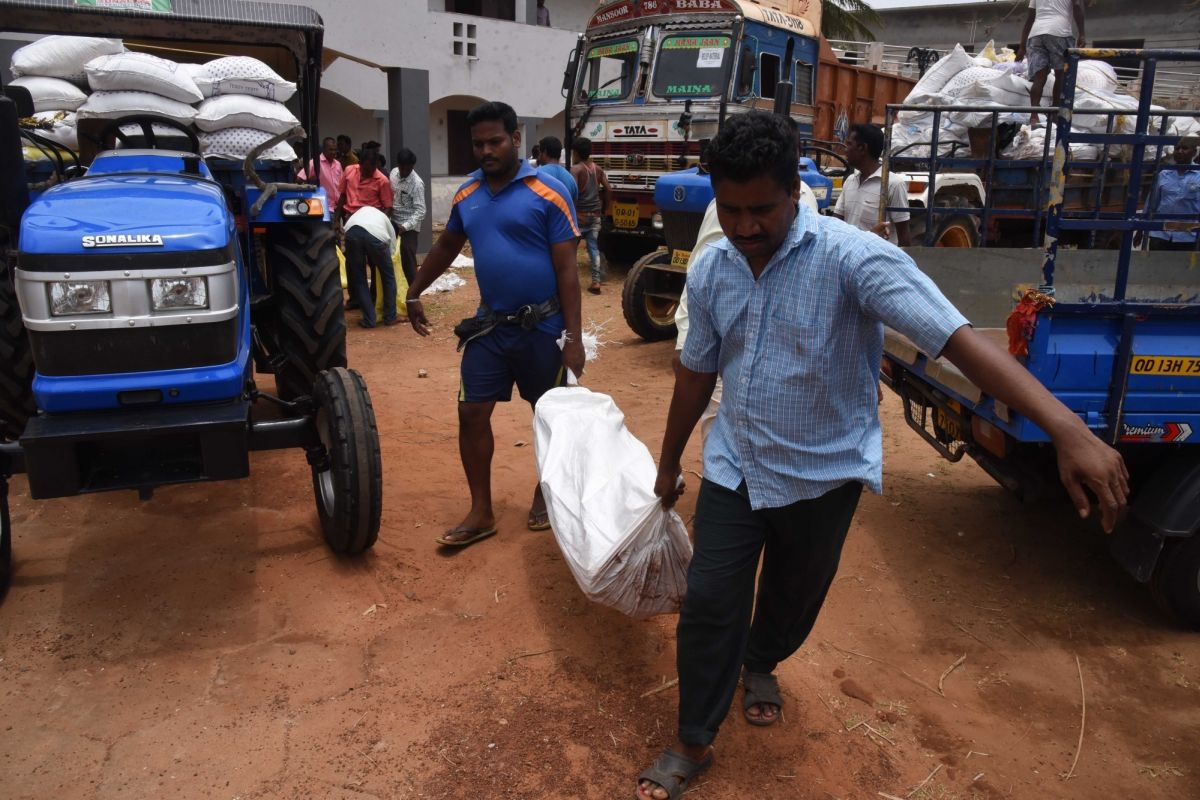The unpredictability of nature and its disastrous aftermath has exposed the chinks in the armoury of Narendra Modi government’s much-touted push towards plastic money and digitalized mode of payments. The 3 May catastrophic cyclone ‘Fani’ has claimed 41 human lives.
It has rendered thousands homeless and shattering the power infrastructure of coastal Odisha has left everybody to ponder about the effectiveness of plastic money culture particularly during natural disasters.
The pilgrim town of Puri, which suffered maximum cyclonic damage, continues to be largely cut off from the outer world with no telephone and net connectivity.
No digitalized mode of payment could be made with the snapping of the internet. With no power backup, ATM kiosks became dysfunctional one after the other.
The cyclone hit people of Puri and Bhubaneswar were left with little cash to purchase goods for basic needs. The plastic money also became a thing of past following internet breakdown, aggravating the plight of people.
Nature’s fury has made it amply clear that nature is unbeatable regardless of the advancement of science and technology. The pilgrim town has 227 ATM kiosks. After lying defunct for four days, only 20 automated teller machines were made operative on Thursday.
Chaotic scenes were witnessed with hundreds of account holders queuing up for the elusive cash. The heavy rush at the ATM counters reminded one of the disarray and confusion during post-demonetization days.
In fact over the last five days, people in Bhubaneswar were starved of cash and food to a large extent. To make things worse, the price of every single item skyrocketed. Generator sets were in huge demand and hire charges for two hours was Rs 2000, quite a few set up temporary mobile charging outlets for Rs 20, kerosene was sold at Rs 100 per litre right in the heart of the state capital of Bhubaneswar. Water was also sold at a premium.
The government failed miserably in market intervention and in checking such an exploitative business. With astronomical rates for every requirement, the cash in hand with people vanished within hours.
Cards were useless and cash dry people tried desperately for credit. Outstation students were the worst sufferers as they ran out of cash and had no means to purchase food or even return to their respective hometowns.
The affluent in the state capital booked rooms in big hotels and shifted to avail food, AC and other facilities while the middle class and lower middle class toiled for the first three days and then deserted Bhubaneswar for the ‘comforts’ of their villages in other parts of the state.











